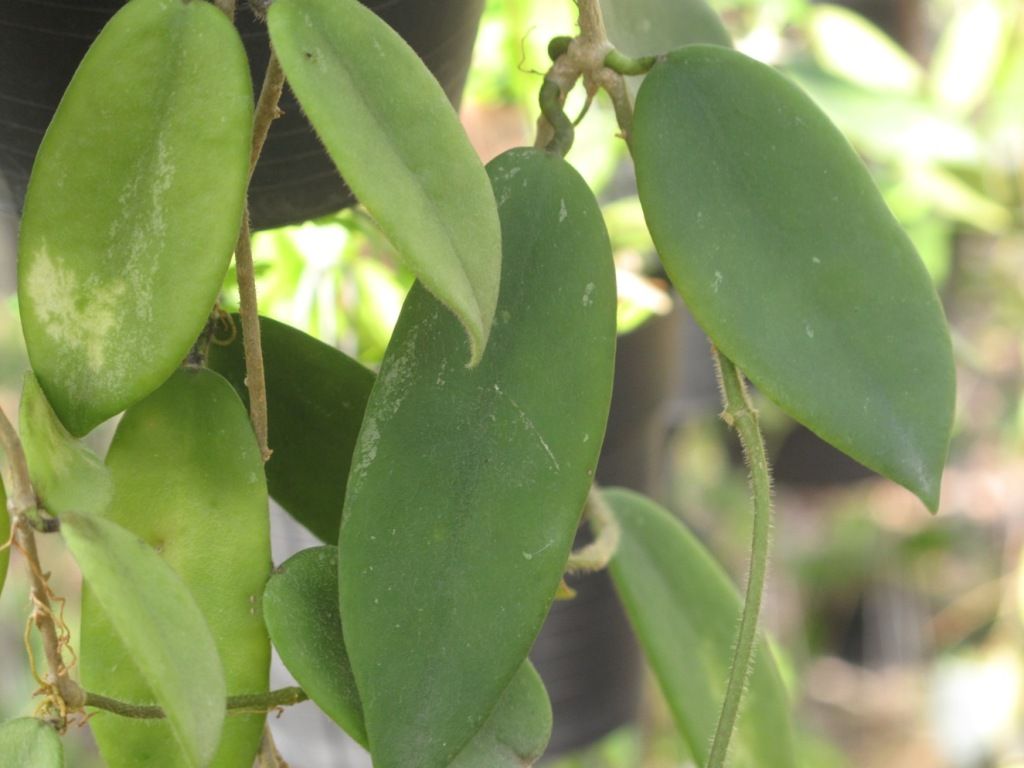No : because we don't water the plants before packing, we let them evaporate instead, and no because rotting, dissolving as does a dry and clean cucumber inside a clean plastic bag doesn't mean the cucumber was ... "overwatered." The roots of the plants in the plastic bag rotted without the help of an excessive amount of water. ( the plastic bag was there mainly to avoid dehydration : uprooted plants use energy from the leaves and release water and heat to carry out a survival program that includes saving their roots ).
Plant decay is characterized by decomposition and putrefaction ( bad smell ) caused by any of hundreds of species of bacteria and fungi. The decay may be hard, dry, spongy, watery, mushy, or slimy and may affect any plant part.
The excessive moisture of a plant in watery decay does not indicate that its rootball was over watered when it was packed : a decomposed plant will have released its water content, which is a lot of water, in general 95% of a plant is water. So this water from the plant itself plus water evaporated from around the rootball ( coconut or sphagnum moss ) , mixed and they give now you the  impression that packing was over watered, faulty.
impression that packing was over watered, faulty.
Cells have a membrane, and in the case of plants also a cell wall, which hold back the water and the other contents of the cell, such as salts, proteins, metabolites/sugar, and nucleic acids. When individual cells die, they dissolve ( biologists say the "lyze" or "undergo lysis") and their content are no longer held back, but begin to freely float between the surrounding cells. The more cells die, the more cell contents will be set free. This "water" is rich in nutrients, and bacteria/fungi just love it and will thrive in it. This causes the bad smell.  impression that packing was over watered, faulty.
impression that packing was over watered, faulty. If you want to reproduce it, take a cucumber, wrap it in a tight plastic bag, and let nature go its way. After a week or two, the cucumber will be almost dissolved, setting free all of its water, and will rot and stink. That's what happens to all plant material when it dies in a humid environment (such as a plastic bag). The roots did just that. The tissue started to die, and it reached you before it completely dissolved into a blackish stinky mush.
Nevertheless, when you squeeze it, lot of cell water will already come out of the root ball - and it will have a bad smell because of the bacteria. The root tissue also will start to have a different texture - from being crisp and elastic it will turn to sponge-like, soft and compressible. If this happens, the plant will no longer be able to survive with these roots. Parts of the stem and the leaves might still be ok (especially if only the root balls had been in a plastic bag, but the leaves exposed outside) and come back after re-rooting.
The good thing is that healthy plant parts are quite tough against the bacteria in the rotten parts (these bacteria are part of the normal environment of the plant anyway), meaning the rot usually is not contagious. So, cutting the dead parts away in a generous way (cutting well into the healthy part, that is) will "rescue" the healthy part. Whether it can root again, however, depends a lot on the species.
Some plants (mint, for example, or willow) regrow roots within a week, others will just never do it and die. Fortunately for us, Hoyas are plants that are more on the "mint" side, and most Hoya species re-root quite easily.
Hoya and other plant collections are for sale on aleyagarden.com Plant care is available in various posts of this blog. Contact : aleyagarden@hotmail.com
Find all Aleyagarden posts on http://aleyagarden-blog.blogspot.com











